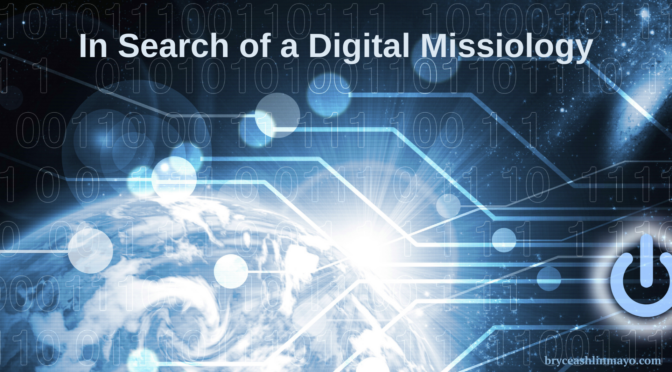Made popular by Ross’ couch moving fiasco on the TV show “Friends,” “pivot” entered the cultural vernacular as a way to describe a needed change of direction draped in frustrated angst.
Said with the same cultural anxiety that embodied Ross’s outbursts, we too have experienced the constant “pivots” (I can hear every pastor and leader exclaim this with the same exhausting intensity).
The Danger of Drift in a Pivoting World
As we constantly pivot to adjust to the changes imposed by our constantly changing circumstances, it is important to remember our anchor. Pivoting only works if you are anchored to something, otherwise, it is “drifting.” In this Covid-19 season, what are your pivot points and how secure are you anchored to them? Are you adapting or drifting as you pivot?
I want to suggest several anchor points:
- Jesus – Jesus is the same yesterday, today and forever and is securely on His throne. He is not worried, and He will not fail. Spend time today in worship-centred prayer simply acknowledging the greatness, goodness and graciousness of our God. As we pivot the “where,” let’s stay anchored to “who.”
- Mission & Vision – Our mission is constant as the church – to make disciples. Spend time reflecting on the mission and vision of your life and the church/organization you lead. Be rooted in this constant and follow/pivot as God leads. He will make a way. As we pivot the “how,” let’s stay anchored to the “why”.”
- Values & Identity – Who we are in Jesus defines us and remains the same regardless of circumstances. Additionally, the values we hold as individuals, families and church/organizations don’t have to change as we pivot. Our identity and values anchor us as we face the storms and challenges of life. Spend time reviewing your identity in Christ, your calling and your core values. As we pivot and adapt, let’s stay anchored to our identity and values.
Let us keep one foot firmly anchored to Jesus, our mission/vision and our values and identity. By doing this, we can freely pivot the other foot, positioning ourselves to move wherever God leads in our constantly shifting world.
Learning the Lessons from Pivoting
As we learn to pivot in this season, there are some important lessons to embrace. We have been in a season of accelerated change for the last decade or two. Covid-19 moved accelerated change to warp speed. If fast change is hard, hyper change is exhausting! Thus, if you are feeling the impact of this season, recognize that part of the reason is the speed at which we are processing change. We are in the midst of the greatest cultural and technological change in history. Don’t underestimate the impact of this on your life, leadership, team or organization. Instead, use it to learn new skills and competencies.
As a result, don’t view change as a series of individual crisis moments (acts of change); rather, see it as a new posture of constant fluidity and mobility (posture of change).
These two views of change are fundamentally different. The first is situational and static (it made sense when change was slower and incremental). The challenge, however, is that it assumes change is semi-permanent. Thus, if your decision-making, communication and organizational structures orientate towards this posture, it will grow weary in a culture moving at warp speed and constant change.
Rather, position yourself, your leadership, your team, your decision-making process, etc. around an adaptive and constantly pivoting posture. This posture embraces empowerment, flexibility, constant innovation, trial and error, etc. As we transition to the future, see it less as a static change model and more of a fluid change model. This will enable you to adapt to our new reality where constant change is the norm.
Embrace the Art of Pivoting Not Just the Act of a Pivot
Whether, like Ross, you are frustratingly tired of calling pivots or, like Chandler, exhausted just hearing the word and just want to yell “Shut Up!” each time it is mentioned, may we know our anchor point and adopt an adaptive posture. This posture will serve us as we move forward with Jesus on mission into our rapidly changing world.





